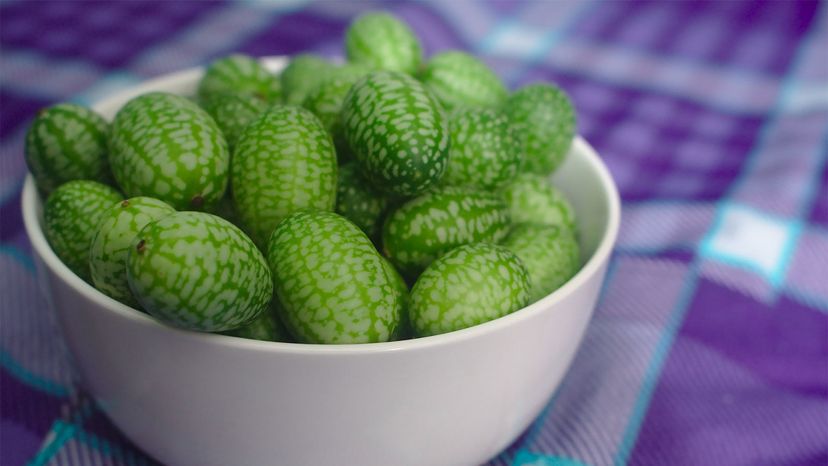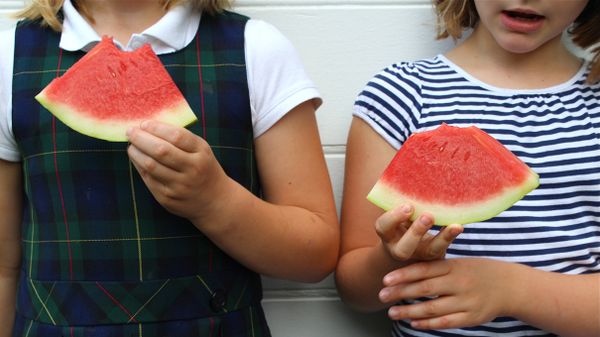
Whether you call it a mouse melon, a Mexican sour gherkin, or by its popular U.S. name, cucamelon, this adorable fruit is the latest in a recent burst of "rediscovered" produce making inroads into American food culture. Originally hailing from Central America, where they've been eaten for centuries, cucamelons look like teensy ripe watermelons but have a unique flavor all their own.
So, where have cucamelons been all of this time? And how can you utilize them in the kitchen? In this article, we'll reveal the history of the cucamelon and discuss how to best enjoy this Mexican miniature watermelon.
Advertisement

